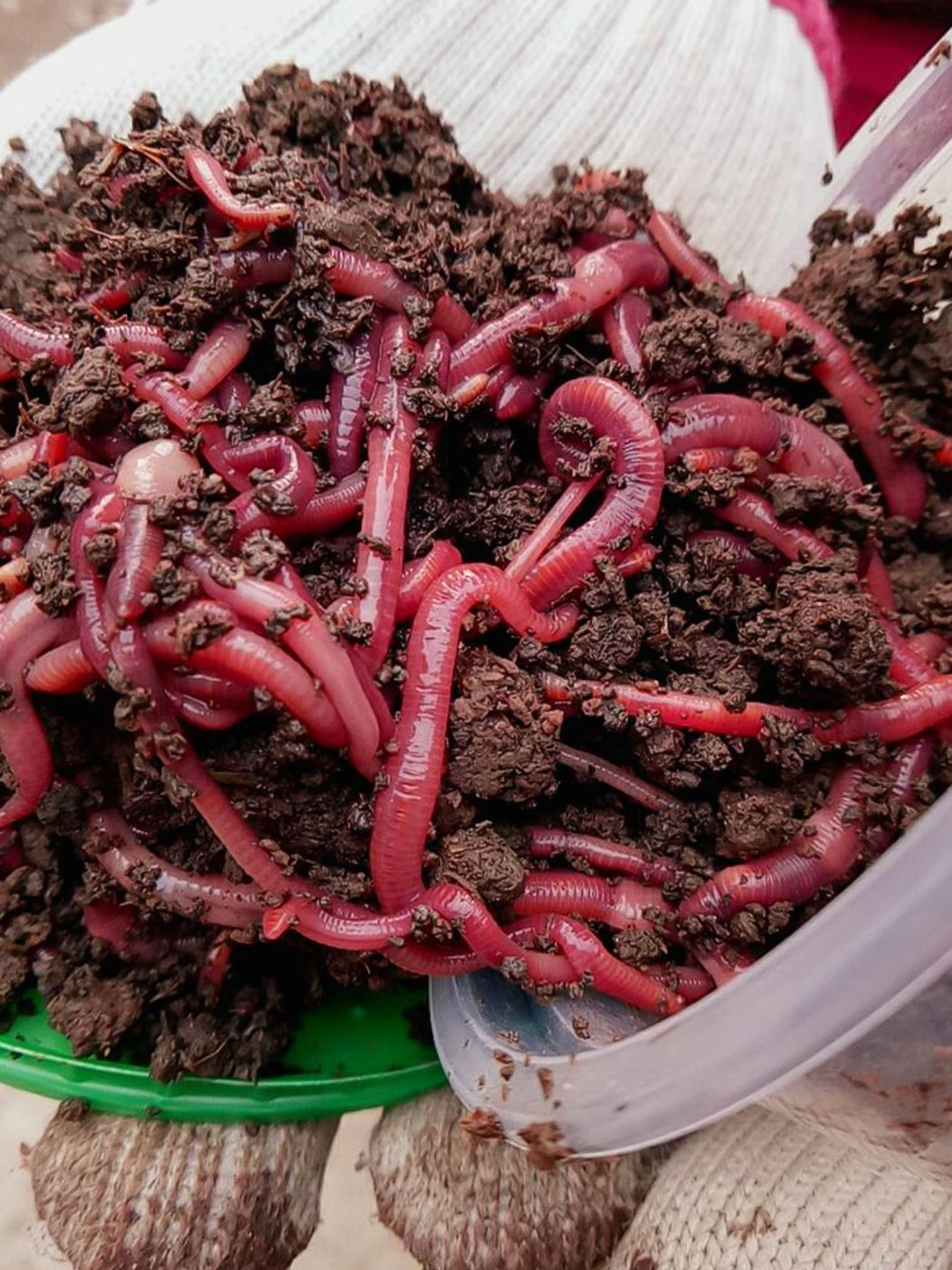Red Wigglers: The Unsung Heroes of Organic Waste Recycling
Red wigglers, or Eisenia fetida, offer as essential representatives in the organic waste recycling process, transforming thrown out products into beneficial vermicompost. As the globe progressively seeks solutions to fight waste build-up and improve farming efficiency, understanding the duty of these worms ends up being vital.
What Are Red Wigglers?
The amazing strength of red wigglers, clinically called Eisenia fetida, underscores their vital role in organic waste recycling. These tiny, reddish-brown earthworms are commonly located in disintegrating organic matter, such as garden compost piles and manure lots. Lake Hickory Bait. Unlike other earthworm varieties, red wigglers prosper in nutrient-rich environments and are extremely efficient at breaking down natural materials, making them essential for vermicomposting

(Lake Rhodhiss Bait)Along with their function in waste reduction, red wigglers contribute to dirt health by enhancing soil structure and oygenation via their burrowing activities (Lake Hickory Bait). Their presence in composting systems not only enhances disintegration prices however also promotes a sustainable technique to waste administration, highlighting their importance in ecological conservation efforts
Benefits of Composting With Worms
Composting with worms, particularly red wigglers, supplies numerous advantages that improve both waste monitoring and soil health and wellness. These worms efficiently break down organic waste, converting it into nutrient-rich vermicompost that enriches soil. This procedure increases disintegration, permitting for a much faster recycling of cooking area scraps and other natural products contrasted to typical composting approaches.
Additionally, the vermicompost generated by red wigglers is bristling with advantageous microorganisms, which help enhance dirt structure, aeration, and dampness retention. This boosts the overall wellness of plants, advertising energetic growth and increased returns in yards and agricultural settings. In addition, the use of worms in composting lessens the production of greenhouse gases, such as methane, adding to a much more sustainable waste monitoring system.

Exactly How to Begin Vermicomposting
Developing a vermicomposting system is a straightforward process that can produce considerable advantages for both waste monitoring and soil enrichment. To begin, choose an appropriate container, such as a plastic container or wooden box, with sufficient air flow openings to make certain correct airflow. The dimensions ought to ideally be around 2 feet by 3 feet, enabling adequate space for the worms to prosper.
Next, prepare bedding material, which can include shredded newspaper, cardboard, or coconut coir. This bed linen ought to be moistened to produce an appropriate environment for the worms. As soon as the bed linen is in place, introduce red wigglers (Eisenia fetida) right into the bin, commonly around one extra pound of worms for every single square foot of area.
Complying with the placement of worms, add organic waste, such as fruit and vegetable scraps, coffee premises, and crushed eggshells. Stay clear of including milk, meat, or oils, as these can produce odors and attract insects. Place the bin in a shaded, temperature-controlled location to keep ideal conditions for worm task. With these actions, you will successfully initiate a vermicomposting system that adds to lasting waste administration and enriches your dirt.
Keeping a Healthy Worm Bin
(Red Wiggler Express)Keeping a worm bin prospering requires regular focus and he has a good point care to make certain the health and wellness of the red wigglers and the performance of the composting process. Proper upkeep begins with checking the moisture degrees; the bin ought to be damp yet not waterlogged. A great regulation of thumb is to keep a consistency comparable to a wrung-out sponge.
Carefully blending the bed linens and food scraps every few weeks stops compaction and makes certain that all worms have access to oxygen. Additionally, it is essential to feed the worms properly.
Temperature policy is one more essential facet. Red wigglers thrive in a variety of 55 to 77 degrees Fahrenheit. If the container comes to be too warm or cool, the worms might come to be worried - Lake Hickory Bait. Lastly, periodically look for indications of health and wellness, such as worm populace development and the existence of healthy spreadings. By vigilantly managing these factors, one can preserve a durable and efficient worm bin.
Influence On Sustainable Living
The successful upkeep of a worm container not only benefits the wellness of red wigglers yet also adds dramatically to lasting living practices. By recycling organic waste, such as kitchen scraps and backyard debris, red wigglers help draw away considerable amounts of material from land fills. This decrease in waste not only lowers greenhouse gas discharges but likewise lessens the ecological concern related to waste monitoring.
In addition, the castings generated by red wigglers function as a nutrient-rich organic plant food, improving soil wellness and advertising plant growth. This all-natural alternative to chemical plant foods sustains sustainable agriculture and gardening methods, reducing reliance on synthetic inputs that can damage ecological communities. Furthermore, worm composting fosters understanding of waste management, motivating individuals and areas to embrace even more sustainable routines.

Final Thought
In recap, red wigglers offer as essential factors to natural waste recycling through their efficient decomposition of natural materials. By integrating vermicomposting into waste administration methods, individuals and communities can dramatically minimize waste while advertising ecological sustainability.